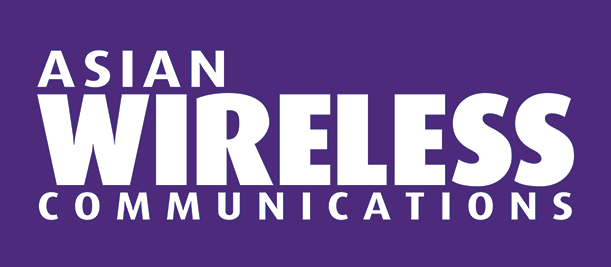19 February 2025

The guidelines demonstrate how demand for low-latency Wi-Fi applications such as cloud gaming, augmented reality (AR), and virtual reality (VR) can be achieved with an explanation of implementation approaches, Access Point (AP) tests and simulation studies for L4S AP performance in different scenarios.
Demand for L4S applications is growing, with both telecoms organisations and developers beginning to implement the technology. Apple, for example, provides guidance to developers on how to implement L4S in their apps, in 2024 Nokia and Vodafone conducted the first trial of L4S over an end-to-end Passive Optical Network (PON), reducing latency from 550 milliseconds to 12 milliseconds, demonstrating its suitability for real-time applications, and Comcast recently announced deployment of L4S technology, which will be rolling out across its entire footprint.
Buffering is a primary source of delay in both wired and wireless networks, occurring when incoming packets exceed the departure rate, leading to high buffer occupancy. Latency in Wi-Fi networks is largely influenced by two factors: delays associated with queuing and buffering under load, and delays introduced by the 802.11 Media Access Control (MAC) protocol.
The adoption of L4S technology is set to revolutionize Wi-Fi performance, particularly for applications that demand low latency and high throughput. To address these issues, the L4S project aims to minimize buffering delays, reduce data loss, and enable scalable throughput. This will enable several business benefits for vendors, enterprises and customers, including supporting next-gen applications, and enhanced customer satisfaction and revenue potential.
“As L4S technology continues to evolve and gain traction, it will play a pivotal role in shaping the future of Wi-Fi networks, ensuring they meet the demands of modern, latency-sensitive applications. The L4S Implementation Guide will help vendors and enterprises to achieve maximum business impact from the technology and improve customer experiences for latency sensitive applications such as gaming and virtual reality,” said Tiago Rodrigues, President and CEO of the Wireless Broadband Alliance.






